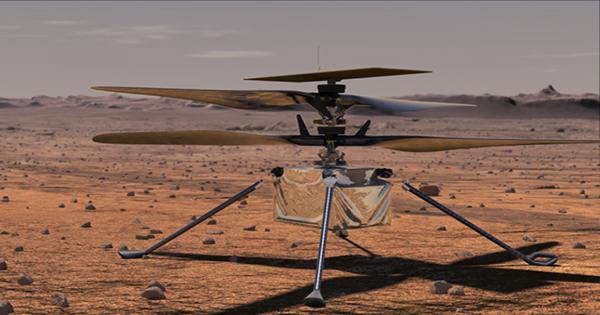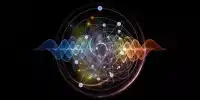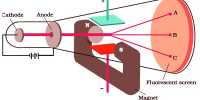Mars is not as active as Earth in earthquakes, but there is still a lot going on. NASA’s insights are providing invaluable information about the interior of the planet, and scientists now report that Lander has discovered two new significant earthquakes on Mars. These events came from the same region where the strongest earthquakes previously recorded came from: Cerberus foci. The height of the previous two marsquakes was 6.6 and while and the new two are known to be 3.3 and 3.1.
The tremors strongly suggest that the region is seismically active. March and March 18 earthquakes were recorded. Insight has so far recorded more than 500 marsquakes but most of them are very weak, long lasting and scattered and make them look like the moon. Earthquakes instead travel more directly to the planet; they are much stronger and sharper by more factors inside the Earth.
“During the mission, we saw two different types of marsquakes: one that was ‘like the moon’ and the other that was ‘like the earth,'” Taichi Kawamura, of the Institut de Physique du Globe de Paris in France, said in a statement. “The funny thing is, four of these big earthquakes, which came from Cerberus Fossae, it’s like the Earth.” It’s been quite a while since we got the news of the seismic activity from Mars and it’s because of the season. During the winter in the Northern Hemisphere, the Sagittarius winds of the Red Planet are still strong enough to wreak havoc on the Insight Earthquake, called the Seismic Experiment for Internal Structures (SEIS).
Last winter, it was unable to pick up any marsquakes due to the wind. However, summer is the time when earthquakes are reported. John Clinton, a seismologist who heads the marsquakes service at Insight at ETH Zurich, said: “One Martian year later, we are now much faster at identifying earthquake activity on the Red Planet.”
To improve detection, the mission team used Lander’s robotic scoop to bury the wire that connected the seismometer to the Insight. In the northern hemisphere of Mars, the planet is located closer to the sun in summer, so it is not getting too much sunlight at the moment. The mission will remain technically closed until July when more sunlight will begin to fall on it. The mission’s goal is to study the interior of the Red Planet, as well as its climate and more. A few months ago it was extended to December 2022.















